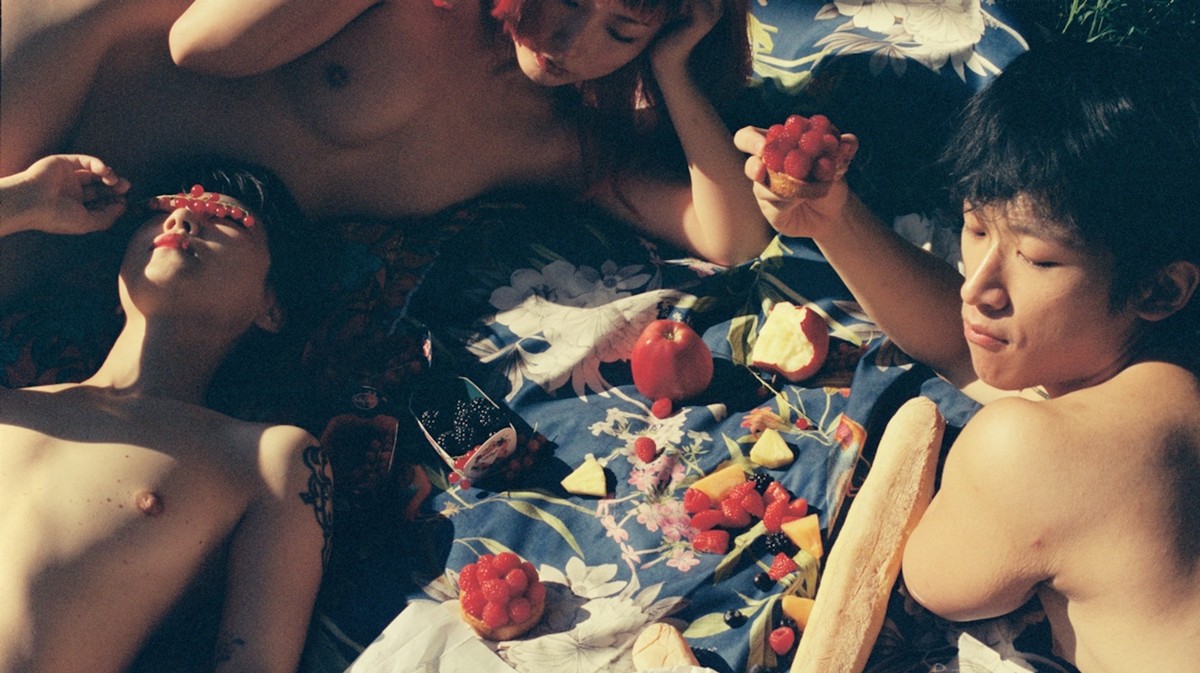Wigan Pit-Brow Women: Intersections with the Caribbean (mobile)
2015 - Sculpture (Sculpture)
139.7 x 142.24 x 93.98 cm
Candice Lin
For the work Wigan Pit-Brow Women: Intersections with the Caribbean (mobile) , Candice Lin studied English Victorian Arthur Munby’s racialized and masculinized drawings of working-class white female miners. Specifically, Lin’s work critically addresses Munby’s observations about the laborers’ femininity that was more concerned with the modesty of the women, than that they toiled in life-threatening situations. “Pit brow women” or “pit brow lasses” were female surface laborers at British collieries. They worked at the coal screens on the pit bank (or brow) at the top of the mine shafts until the 1960s. Their job was to pick stones from the coal after it was hauled to the surface. Laboring in dangerous conditions, men and women worked side-by-side, often stripped to the waist and sweating in the heat. Women miners had few options when it came to clothing: flimsier, cooler clothing, which revealed the contours of their body, were seen as an invitation to promiscuity. Trousers, and other practical garments, were ‘unwomanly’—and often led to wardrobe malfunctions. To outsiders, their exposed bodies were seen as an affront to Victorian modesty. These young women were labelled unsuitable for marriage and unfit for motherhood. Wigan Pit-Brow Women is a mobile with cutout drawings of tropical plants and so-called pit brow women performing primal acts traditionally associated with savagery. Lin reinterprets the Cambridge academic Arthur Munby’s documentation of these European women and situates them within the Caribbean landscape, implying that the pit brow women’s representation was similar to that of people from so-called “primitive” cultures. For this piece, Lin imagines a landscape of various forms of femininity while using the pit brow history as a mirror to reflect the tension between solidarity and difference in feminist practices at large; negotiating the politics of difference across decades, ethnicities, cultures, and social classes.
Colors:
Related works sharing similar palette
» see more

© » ARTS EQUATOR
Nghệ thuật Xin giấy phép Triển lãm ở Việt Nam | ArtsEquator Skip to content Tại một đất nước như Việt Nam, nơi có những yêu cầu không rõ ràng về việc trưng bày, Linh Lê nhấn mạnh rằng chỉ cần một thứ tưởng chừng đơn giản như xin giấy phép triển lãm có thể trở thành một cách kiểm duyệt biểu đạt nghệ thuật...







